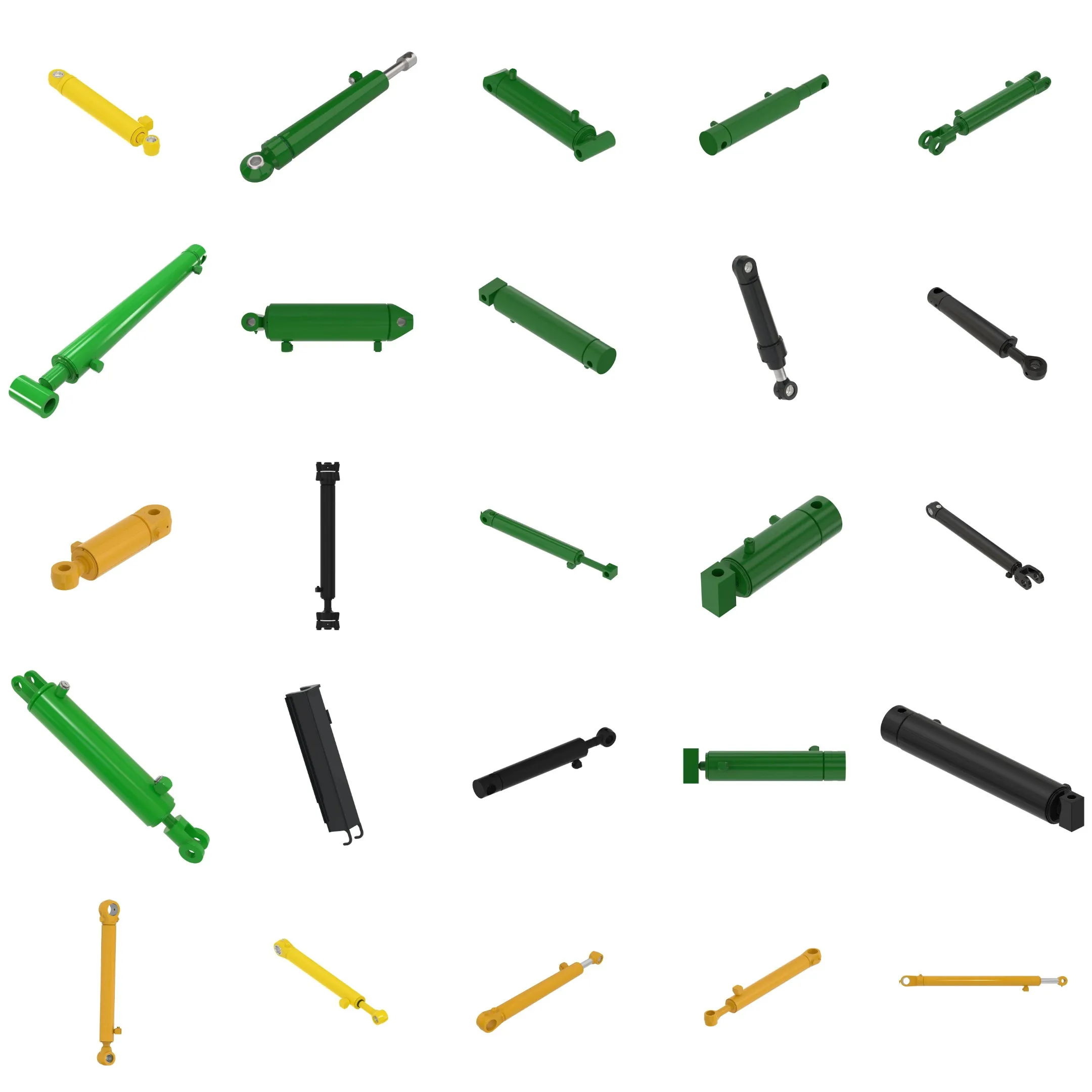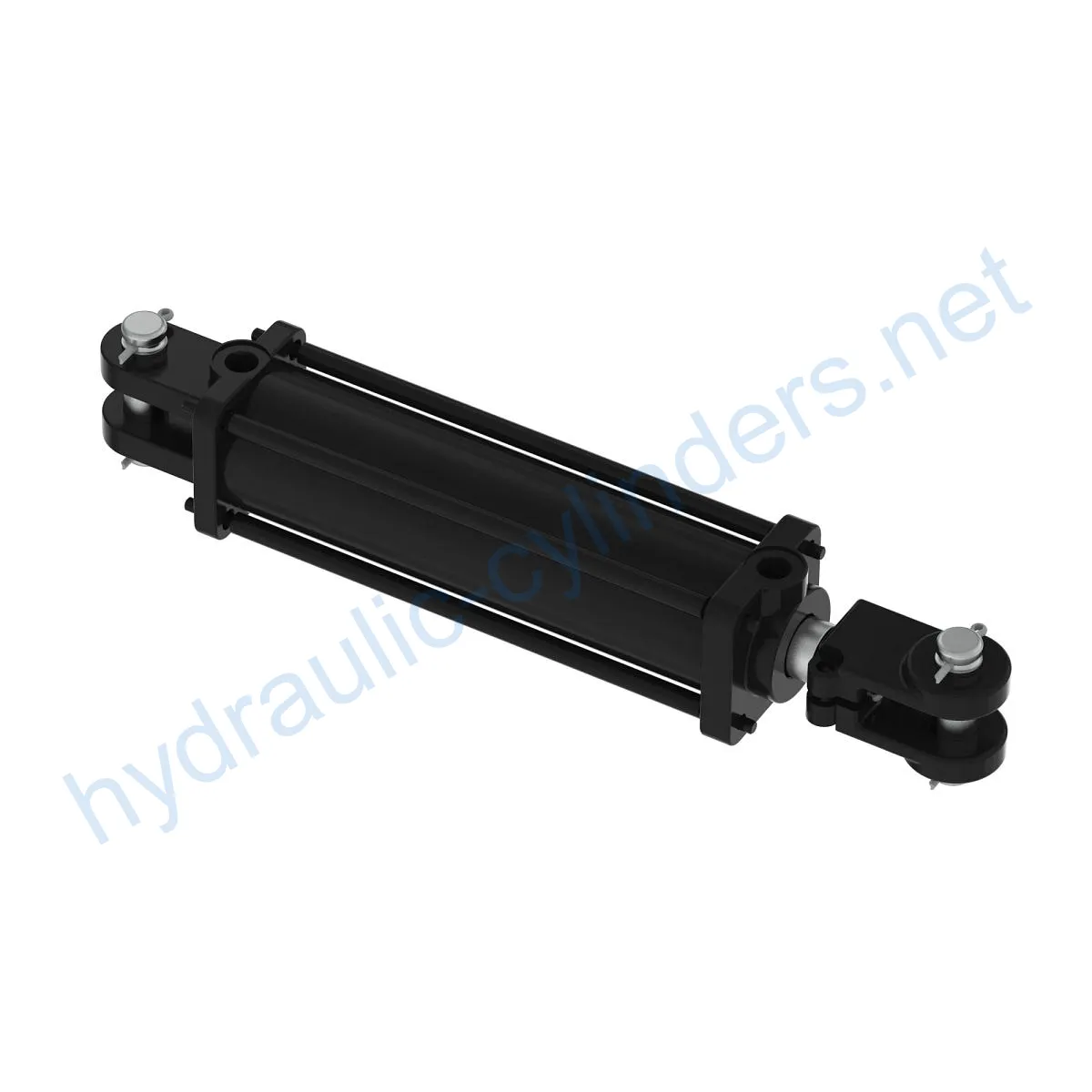Replacement Of AA50122 Hydraulic Cylinder
Hidrolik silindir üreticilerinden, tedarikçilerinden ve mekanik ürünlerin ihracatçılarından biri olarak, hidrolik silindirler ve diğer birçok ürünü sunuyoruz.
Ayrıntılar için lütfen bizimle iletişime geçin.
Posta:sales@hydraulic-cylinders.net
Hidrolik silindir üreticisi tedarikçisi ihracatçısı.
Introduction
The Replacement Of AA50122 Hydraulic Cylinder is a crucial component in various machinery, providing the necessary force for efficient operation. This hydraulic cylinder is designed to replace the existing AA50122 model, ensuring optimal performance and compatibility. With a weight of 28 lb and dimensions of 4 in (height), 4.5 in (width), and 22 in (length), it is built to meet the highest industry standards. Let’s explore the specifications, models, features, applications, maintenance, safety considerations, troubleshooting, and design considerations of this hydraulic cylinder.
Specifications and Models
Specifications:
- Weight: 28 lb
- Height: 4 in
- Width: 4.5 in
- Length: 22 in
Models:
- 1720
- 1720 CCS
- 1725
- 1725 CCS
- 1725C
- 1725T
Features
- Improved Equipment Performance: Replacing damaged or worn-out hydraulic cylinders restores the normal operational capabilities of equipment, ensuring optimal performance in various applications.
- Enhanced Safety: Regularly replacing hydraulic cylinders reduces the safety risks associated with cylinder failures, ensuring the safety of operators and machinery.
- Overload Protection: Modern hydraulic cylinder designs often incorporate better overload protection mechanisms, enhancing safety during operation.
- Quick Installation: The design of modern hydraulic cylinders typically emphasizes easy installation and replacement, minimizing downtime.
- Standardized Components: Many hydraulic cylinders are standardized products, facilitating the acquisition of replacement parts in the market.
Applications
- Excavators: Hydraulic cylinders in excavator arms or buckets may require replacement after prolonged use or damage to restore normal operation.
- Cranes: Hydraulic cylinders in crane jibs are prone to wear during frequent lifting and lowering processes, necessitating regular replacement for safety.
- Tractors: The hydraulic cylinders in front-end loader attachments of tractors may experience leaks or performance degradation during continuous lifting and tilting operations, requiring replacement.
- Harvesters: Hydraulic cylinders in harvesters’ hydraulic systems endure high pressure during harvesting, and timely replacement is crucial to maintain efficiency.
- Automated Production Lines: Hydraulic cylinders control robotic arms and other automated equipment. Immediate replacement is necessary to prevent a decline in production efficiency due to cylinder failures.
- Die Casting Machines: Under high pressure and temperature, hydraulic cylinders in die casting machines may experience performance deterioration. Regular replacement ensures product quality.
- Mining Equipment: Hydraulic cylinders are used for lifting and moving heavy loads in mining equipment. Regular inspection and replacement are necessary to avoid equipment failures.
- Bulldozers: Hydraulic cylinder wear on bulldozer push arms can lead to a decrease in pushing capacity. Timely replacement is essential to maintain operational efficiency.
Maintenance Tasks
Regular maintenance tasks for the hydraulic cylinder include:
- Periodic inspections
- Proper lubrication
- Seal replacement
- Calibration checks
Proper installation, lubrication, and adjustment are essential for the longevity of the hydraulic cylinder. Providing guidance on aligning the cylinder correctly during installation and recommending the use of appropriate mounting brackets to secure the cylinder are crucial. We also offer recommended inspection, repair, and replacement procedures, replacement parts, and rebuilding services to increase the lifespan of your hydraulic cylinder.
Safety Considerations and Environmental Factors
When using hydraulic cylinders, implementing safety measures is crucial to ensure the well-being of operators and prevent accidents. Proper handling, maintenance, and adhering to safety protocols when working with hydraulic cylinders are essential to minimize risks. Additionally, considering environmental factors when using hydraulic cylinders can help reduce their impact on the surroundings and ensure sustainable operations.
Troubleshooting and Common Issues
Common issues and troubleshooting tips related to hydraulic cylinders include:
- Leakage: Check for damaged seals or connections and replace them if necessary.
- Insufficient force: Ensure proper lubrication and check for any restrictions or blockages in the system.
- Irregular movement: Inspect the hydraulic lines and valves for any obstructions or leaks.
Providing guidance on fault diagnosis and common problems assists readers in effectively diagnosing and resolving issues. Offering preventive measures can help minimize potential problems and maximize the reliability of the hydraulic cylinder.

Design Considerations and Selection Criteria
Design considerations for hydraulic cylinders include load-bearing capacity, seal integrity, durability, safety features, and ease of maintenance. Each aspect plays a crucial role in ensuring optimal performance and longevity. By discussing these considerations in detail, users can make informed decisions when selecting hydraulic cylinders.
Sealing and Lubrication
Hydraulic cylinders utilize various seals, such as piston seals and rod seals, made of wear-resistant materials like polyurethane and nitrile rubber. The cylinder body and threaded ends undergo precise surface treatments to enhance wear resistance. Regular lubrication with the appropriate hydraulic oil is necessary to ensure smooth operation and prevent excessive wear.
Regular Inspection and Preventive Maintenance
Preventive maintenance measures for hydraulic cylinders include:
- Regular inspections
- Proper lubrication
- Seal replacement
- Calibration checks
Implementing these measures helps identify potential issues before they escalate. Proper installation guidelines, such as aligning the cylinder correctly, using suitable installation brackets, and recommending inspection, repair, and replacement procedures, contribute to extending the lifespan of the hydraulic cylinder.
Installation Guide
It is crucial to follow the correct installation steps for hydraulic cylinders to ensure optimal performance and safety. The installation guide should include:
- Proper alignment of the cylinder
- Guidance on mounting brackets for secure installation
- Recommended inspection, repair, and replacement procedures
- Techniques to enhance the lifespan of the hydraulic cylinder

About Our Company
We are a leading manufacturer and wholesale distributor of replacement hydraulic cylinders, offering a comprehensive range of products. Our company is known for its professionalism, international certifications, customized services, advanced production equipment, and exceptional after-sales support.
Take a Tour of Our VR Factory:
Take a tour of our VR factory with the following
How Does Forklift Hydraulic Cylinder Work?
Hydraulic Cylinder Application:



